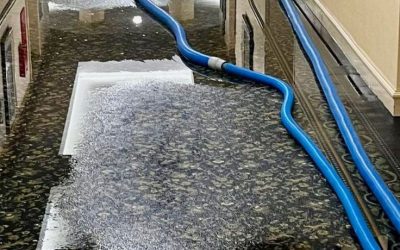See Our Recommendation Here
Engaging in various activities throughout the day naturally induces fatigue, sparking a desire to find a moment of rest. Whether it involves strolling through shops at the mall, relaxing in a cafe, savoring a meal at a restaurant, or enjoying a film at the theater, these experiences can leave you longing for a place to unwind. To aid you in pinpointing the optimal destination to alleviate your weariness, we have personally explored several venues and provided reviews below, empowering you to make a well-informed decision.
Effective Strategies for Mold Eradication in Indoor Environments
Mold, a common problem in homes and businesses, requires proactive control and mold removal. Mold spores, the reproductive unit of fungi, can enter homes through windows, doors, or clothing and pets. They thrive in wet, warm environments inside. Mold colonies discolor...
FloodCo USA
FloodCo USA 1110 River Rd # 102, Edgewater, New Jersey, 07020 2015330100 info@floodcousa.com https://floodcousa.com/ FloodCo USA is here for all your water damage, mold testing mold remediation, deodorization, and dryer vent/air duct cleaning needs. From Hoboken,...
Navigating the Mind’s Labyrinth: Hypnotherapy’s Role in Modern London
In London, where ancient grandeur meets modern living, a quiet revolution is happening in mental health and wellness. A london hypnotherapy, an ancient and misunderstood discipline, gives many hope and change. This therapeutic approach, unlike the dramatized versions...
London Hypnotist
London Hypnotist OFFICE 288 39 LUDGATE HILL, London, London, EC4M 7JN Admin@LondonHypnotist.co.uk https://www.londonhypnotist.co.uk/ LondonHypnotist is a renowned team of certified hypnotherapists offering effective hypnotherapy sessions tailored to individual needs....
The Pitfalls of Selecting Emergency Locksmith Services: Navigating the Maze
The rush to reestablish control and security after a lockout or security breach can lead to hasty decisions, especially when choosing an Schlüsselnotdienst Friedrichshafen. This vital decision under duress might lead to major mistakes. These mistakes can increase...
Schlüsseldienst Friedrichshafen
Schlüsseldienst Friedrichshafen Hofener Str. 2, Friedrichshafen, Baden-Württemberg, 88045 015774690228 kontakt@schlüsseldienstfriedrichshafen.de https://schluesseldienst-friedrichshafen.com/ in neuer Schlüsseldienst hat seine Türen in Friedrichshafen geöffnet und...
Essential Maintenance Tips and Dealership Services to Increase Vehicle Life
Car dealership visits may not be fun, but they're necessary. Maintaining your car maintains its longevity, performance, efficiency, and safety. Vehicle maintenance involves adopting a regimen and understanding your dealership's services to keep your car running like...
Smith Chevrolet
Smith Chevrolet 3477 Pioneer Dr Suite 200, Idaho Falls, Idaho, 83402 (208) 522-9800 smithgroupteam@gmail.com https://www.smithchevy.net/ Smith Chevrolet is your Idaho Falls car dealership serving Idaho Falls, Rexburg, Pocatello and surrounding areas. Where car buying,...
Car Maintenance for Longevity: Tips from a Top Dealership
Like a living thing, every vehicle needs care to thrive and last. According to experts at a top Car dealership, according to them, your car's lifespan begins the first time you turn the key in the ignition. These automotive experts share their strategies and...
Bored With The Old Place? Check These New Places!
Here are some newly uncovered places you can explore. We guarantee that visiting these destinations will leave you with no regrets!















